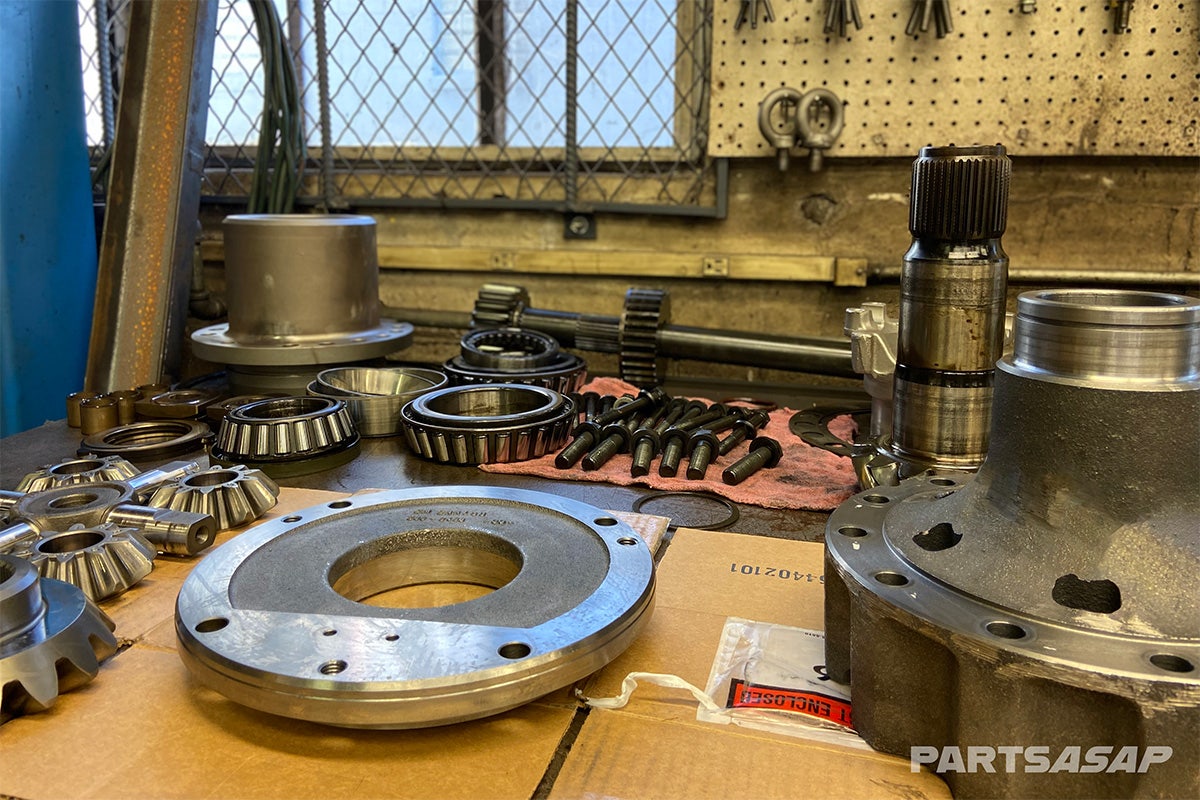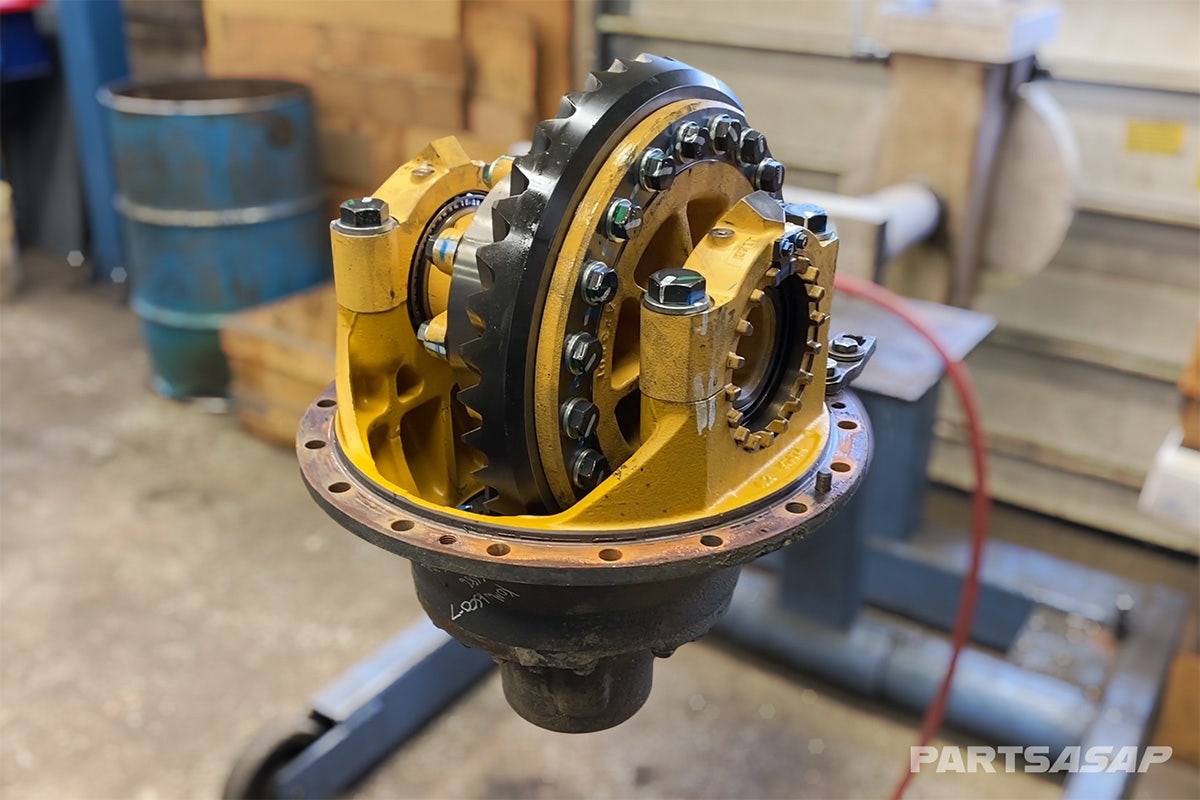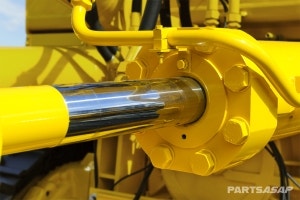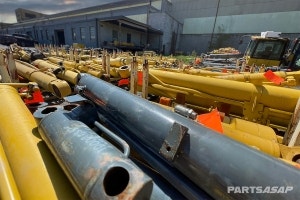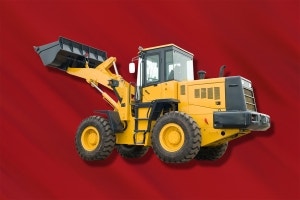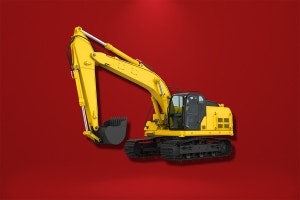Free small package shipping on orders above $249.99
What is a Differential and How Does it Work with Differential Diagram
No account?
Having a customer account enables faster checkout, order tracking online, and (if you want) emails about specials and events.

While you might already know that every time you round a corner in a wheeled machine a differential is being put to work, you might still wonder exactly how it works, what it does, and how all its parts come together to pull off its tasks. Whether you’re simply an inquisitive reader in search of knowledge or you have a differential disassembled in your shop, we’ve put together this simple overview of differentials — with images and videos — to help demystify differentials.
What is a Differential?
At its most basic, a differential is a system of interconnected gears powered through a driveshaft that (most commonly) accomplishes four tasks:
The Differential Changes the Direction of Power
If you imagine the power being output from an engine traveling along driveshafts to the wheels, it will immediately be clear that for each powered wheel that energy will need to be converted 90 degrees. To do this, a differential uses a drive pinion connected perpendicularly to a ring gear. As the drive pinion rotates, the teeth in the drive pinion turn the ring gear and rotate the force 90 degrees so it can be applied to the wheels.
The Differential Divides Power Between Wheels on the Same Axle
In the case of front and rear differentials, two powered wheels exist at opposite ends of the differential. At the same time as the direction of power is rotated, the differential also splits the power and sends power to each of the wheels.
The Differential Alters Torque Through Gear Reduction
Because of the configuration of the differential, a differential can also be used to transfer power with a high rotational force into output with a lower speed, higher torque force.
The Differential Allows Wheels to Turn at Different Speeds Relative to Each Other
With the exception of a locked differential, one of the most important functions of the differential is undoubtedly its ability to allow each wheel to rotate at different speeds. If you’ve ever pushed a cart where wheels are directly fixed to each other in a solid axle, you already know that since the rotation of each wheel is locked, turning becomes more difficult. By connecting the axles (and in turn the wheels) in a way that allows for changes in the rotational speed of each, the difficulties of cornering are greatly reduced.


How Does a Differential Work to Allow Each Wheel to Turn Independently?
Every time a wheeled machine rounds a corner, the distance each wheel needs to travel is no longer equal. As the inside wheel carves a path along part of a smaller curve, the outside wheel must cover a longer path that can be amplified by the sharpness of the curve and the width of the axles. Without a differential this difference would force either the inside wheel to slip as it rotates too fast or the outside wheel to skid as it rotates too slow. Overtime, this constant imbalance would wear heavily on tires, axles, and the entire machine.
To correct this problem, the differential connects each axle through side gears and spider gears that allow a loose connection of the axles instead of a fixed connection. With each side gear mounted in a mirror fashion and connected to each other through spider gears mounted between them the side gears can either rotate in unison or, when a difference in force is detected, independently of one another.
As should be clear in the animation above, at times when one wheel is experiencing less resistance a look inside a differential would show the spider gears rotating to allow each wheel to turn at different speeds.
What Are The Most Common Types of Differentials?
While the open (or standard) differential solves the issue of correcting for different rotational speeds of each wheel, the differential also introduces a new issue into the drive system: correcting for road conditions where the resistance of one wheel is greatly reduced through a loss of traction. To correct this a few modifications to the standard differential have been implemented.
Open (Or Standard) Differential
This type of differential is the one demonstrated in the above animation. In it, no system is implemented to correct for slippage when wheels encounter imperfect road conditions. However due to its reliability and the reduced complexity of its design compared to other differential types, it is the most common type of differential.
Locked Differential
A locked differential simply trades off the advantages of the wheels turning at different speeds for the advantages of the wheels always turning in unison by eliminating the independence of each axle. This effect can either be manually controlled and able to turn on and off or permanent. It is most common in vehicles where difficult road conditions (or even the non-existence of roads) is the standard and not the exception.
Limited Slip Differential
The limited slip differential is a marriage of the open differential and the locked differential wherein the differential routinely acts like an open differential but under certain conditions can be influenced to act like a locked differential. This effect can be created either through a viscous coupling or through a clutch system, and is most often found in high performance cars.
Here, a freshly rebuilt differential sits at the center of a rear axle.
Where On a Machine is A Differential?
Depending on a machine and how power is divided and delivered to each of the wheels, a differential can exist at the front of the machine along the front axle, at the rear of the machine along the rear axle, or at the center of the machine dividing the front and rear axles.
Hopefully, how a differential works and what it does should be clear now. For more keep scrolling for a gallery of disassembled differentials and diagrams.
At Parts ASAP, we’ve earned a reputation as a top source for rebuilt transmissions for wheel loaders, articulated trucks, and other heavy construction equipment. We know that reputation comes from our commitment to our rebuild process and the expert knowledge our parts technicians bring to every project. If you’re in search of a replacement differential, reach out to our Parts Specialists and they’ll connect you to our deep inventory and provide fast information about availability and pricing.


